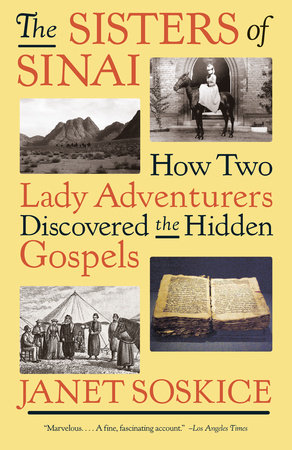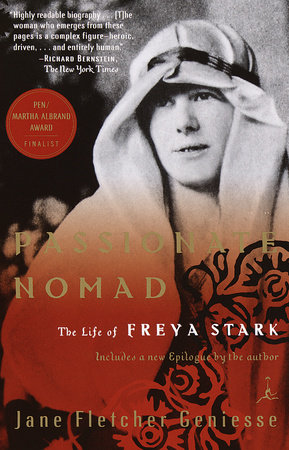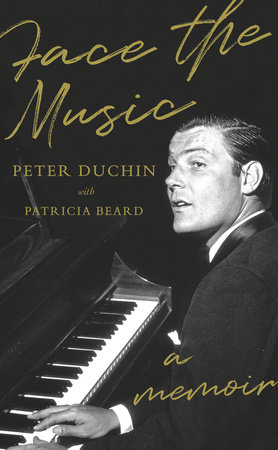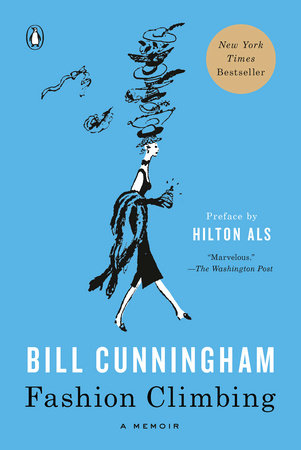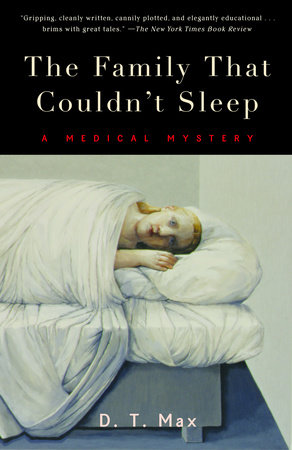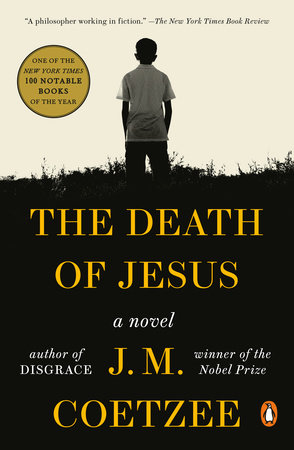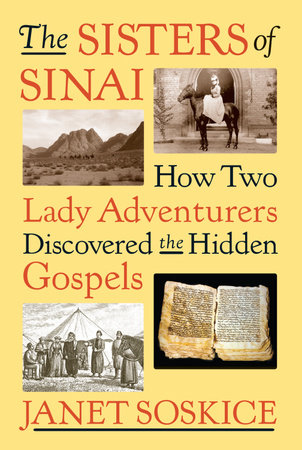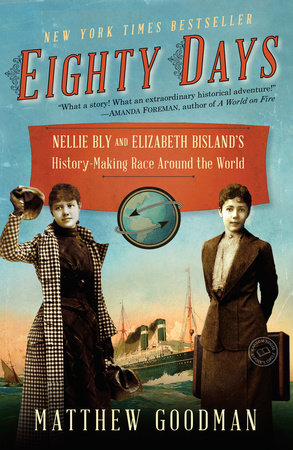Author Q&A
Q: How did you first learn about the Smith sisters (known by their married names as Mrs. Lewis and Mrs. Gibson)? What drew you to write their story?
A: Having long been fascinated by the story of Moses and the burning bush, I made a trip to the Sinai peninsula and St. Catherine’s Monastery. On my return several people in Cambridge said ‘Well, of course you know about Mrs. Lewis and Mrs. Gibson.’ I did not, and began to read about these fascinating Scottish twin sisters. They had founded, in Cambridge, a college for the training of Presbyterian ministers. Their twin portraits hang there still and I must have seen them many times without stopping to ask who these ladies were or what they had done. As I read on, their story took me over so that, ancient mariner-like, I was narrating it to all who would listen. It was time to write the book!
Q: Your descriptions of their travel to Cairo, Sinai, and Jerusalem, among other places, are fascinating. How unusual was it for two women to journey to that part of the world without a chaperone? (Let alone on camels and in tents.) Did their status as widows make it easier for them?
A: It was highly unusual for women to travel in the east without male chaperones. When Agnes and Margaret first did so they were not widows, but young, unmarried women of just 23. With a female chaperone some 10 years older than themselves, they traveled across Europe to Constantinople, on to Egypt, sailed down the Nile and then by horseback through Palestine. The custom in those days was for European travelers, of either sex, to take a courier — a sort-of mobile travel agent who went with you, spoke the languages, make bookings etc, as you went. Agnes and Margaret had been taught by their father to disdain such arrangements, for if you knew the languages (which they did) it was, they believed, much more interesting to make arrangements for oneself. They were rich, and could have afforded any assistance, but just chose not to have it. In their widowhood they made, after their great discovery, many more trips to Egypt and the Levant, and I think they felt more safety and certainly a great deal more freedom in Ottoman lands than they did in London. The Muslim peoples were respectful of women, even if they found it extremely odd that two ladies should travel on their own.
Q: Many stories circulated at the time suggesting that twins’ discoveries in Sinai were accidental (one even suggested that the monks has used the sheet of a valuable manuscript as a butter dish, which caught Agnes’s attention), but in fact the twins traveled to the monastery of St. Catherine’s specifically in search of ancient manuscripts. What exactly were they hoping to find and what motivation did they have?
A: Their initial plan, following the unexpected death of Agnes’s husband which left them both widowed, was simply to visit St. Catherine’s. They had long wanted to, and been warned off by Margaret’s husband because of the dangers. But I rather suspect they now thought — ‘what have we got to lose?’And of course ‘who is there to stop us?” for travel was their sovereign remedy for bereavement. They knew of Tischendorf’s spectacular find of the Codex Sinaiticus at St. Catherine’s. Everyone said that he had found everything worth finding in the monastic library, but Agnes read a book by a Quaker scholar who had recently visited and who said that there were manuscripts in Syriac that hadn’t been examined, and that these might prove some of the most ancient witnesses of Christianity. In the 9 months between her husband’s death and their departure for Sinai, Agnes learning Syriac — not that difficult, she said, if you already had Arabic and Hebrew.
Q: In St. Catherine’s Agnes discovered a palimpsest (parchment used one or more times after earlier writing has been erased) in which the ancient Syriac writing had reemerged from beneath the later text. What made this Syriac palimpsest so special?
A: The palimpsest that Agnes discovered contained an early translation of the Gospels. After the Codex Siniaticus (now in the British Library), the Syriac Gospels found by Agnes has become the most important manuscript in the possession of the monks at St. Catherine’s…and their library of manuscripts is second in importance only to that of the Vatican. It is the oldest and most complete codex bearing a Syriac translation of the four Gospels, dating from the mid-fifth century. It was probably the most important manuscript find of the century, following von Tischendorf’s recovery of the Codex Sinaiticus. The palimpsest Agnes found pushed back the Gospels to a date earlier than the Codex Sinaiticus since the Greek text on which it was based could be presumed to antedate even than of von Tischendorf. But I think it especially caught the imagination because it was the discovery of two spirited and extraordinary ladies.
Q: How did the discovery of the Palimpsest at Sinai contribute to the debate and anxiety over the truth of the Bible at the end of the 19th century?
A: In the beginning of the 19th century it would be fair to say that the ‘safe money’ was on the idea that the Gospels, and especially John, were written many decades, even a couple centuries after the life of Jesus and his Apostles. The Palimpsest was one more physical proof that, contrary to expectation, the four gospels and very much in the form we know them, were together as Christianity’s scriptures from very early on. There were some shocks — for instance, Agnes’s find demonstrated almost with certainty that the last verses of Mark’s gospel were added later on and not original, but also welcome insights as the Syriac of the palimpsest echoed the Aramaic of Jesus and his followers.
Q: Agnes and Margaret were both staunch Presbyterians, who reacted strongly to many of the Orthodox practices they observed among the monks of St. Catherine’s. Can you describe the clash of religious aesthetics? How did the sisters react to discovering different versions and variations on the scriptures that they knew so well?
A: Agnes and Margaret had first encountered Orthodox monks in Greece about a decade earlier. They had been warmly received at monasteries when they traveled on horseback through that land — not least because both twins spoke modern Greek, highly unusual in western travelers still today. The twins had no time at all for venerating icons, or complicated services and fancy priestly garments, but they did see that the monks loved the Bible, and this was a point in common. Agnes advised that if things got tricky when talking to an Orthodox ecclesiastic one could always change the direction of conversation by introducing the Pope — an enemy shared in common! But Agnes and Margaret, though staunch in their views, were not rigid and had a great capacity to see the best in people. One of their greatest friends in Cambridge was an Orthodox Rabbi, Solomon Schechter and his wife. Another was the atheist and free-thinker, Mary Kingsley, who following their lead became one of the first lady travelers in West Africa
Q: Agnes and Margaret’s most important find in their study of ancient manuscripts was probably the Cairo Genizah, made with Solomon Schechter. Can you tell us more about that?
A: The twins were alerted to the fact that a number of interesting Hebrew manuscripts were appearing mysteriously on the market in Cairo and decided to take a look. They came back with over 3,000 manuscripts — some as little as half a page. Back in Cambridge their friend, Solomon Schechter, the University’s first Jewish lecturer in Rabbinics, had a look and was hit by the idea that someone was leaking the contents of a genizah. (A genizah is a sort of ‘sacred garbage dump’ for texts that bear the Holy Name of God and which could not, for that reason, under Jewish law simply be destroyed.) Schechter made a top secret expedition to Cairo (Agnes and Margaret joined him a few weeks in) and discovered what is probably the greatest treasure trove of Jewish manuscripts ever found — the Cairo Genizah, whose riches are even now not fully explored. Agnes and Margaret were always careful not to claim too great a role in this, but Schechter himself was in no doubt of their importance. He later went on to be first President of the Jewish Theological Seminary in New York, and the twins were amongst the very first to receive an invitation to give a public lecture there — which they did in 1903.
Q: One of the most striking things about Agnes and Margaret is the degree of learning and education that they were able to achieve as women outside of formal academic institutions. How did the academy react to their discoveries and how difficult was it for them to gain respect among the male scholars?
A: On returning from Sinai, Agnes and Margaret experienced real difficulty in getting the scholars at Cambridge to even condescend to look at their photographs of the Palimpsest. I suppose to these dedicated academics the twins were just a couple of middle-aged, Scottish widows who thought they might have found something. Then when the significance of the find became clear, Agnes and Margaret had to struggle not to be pushed out of involvement. Resentment in some quarters lasted all their lives, and they were never awarded honorary degrees from Cambridge. They did have their allies, however, who assisted them in their rapid retraining as scholars of Syriac and Arabic manuscripts, and were given honorary degrees by Halle, Heidelberg (its first so-honoring of women), St. Andrews and Trinity College, Dublin.
Q: The knowledge of ancient languages and the art of translation played a crucial role in Agnes and Margaret’s expeditions and was critical to making their discoveries real achievements they could call their own. Today it seems that many denominations ignore the history of the language of scripture and trust literally in modern editions. What is the state of interest in the original language of scripture today?
A: We stand on giants’ shoulders. The reason we can relax and trust the modern editions is, in large part, due to the outstanding work done by scholars in the 19th century. There are still many scholars of these ancient languages and texts, doing important work. I think it is interesting and helpful, however, for us ordinary people to realize what it at stake when working with ancient, hand-written books, and be alive to the history of the way the books of the Bible have been transmitted from earliest days to our own time.
Q: Earlier you mentioned the Codex Sinaiticus discovered by Constantin von Tischendorf in St. Catherine’s. There are some exciting things happening in the next year with this manuscript. Can you tell us more about them?
A: To tell Agnes and Margaret’s story I needed to tell von Tischendorf’s so there’s a lot of that in the book. The Codex Sinaiticus is the most important Biblical manuscript in the world. Some would even say it is the most important individual book in the world for this codex, in its matter of binding etc, virtually invented the book as we know it. Recovered (or some say ‘stolen’) by von Tischendorf in the 1840s, it was in the possession of the Czar of Russia and then, when Stalin needed hard currency, sold to the British in 1933. A complete Bible, Old and New Testaments, of the fourth century, it is probably one of the very first to be produced after Christianity was made legal by the Emperor Constantine. Most of the Codex is in London, but some pages are in Leipzig and in St. Petersburg, and others have been only recently found in St. Catherine’s when part of the wall collapsed in 1975, revealing a previously lost book room. Now these institutions are co-operating to produce for the first time, a full edition of the Codex Sinaiticus. It is hoped that the edition, which will be digital, will be completed in 2010 or 2011. A fascinating website can be found at: http://www.codexsinaiticus.org/en/project/
Q: What is the most striking thing you yourself discovered while writing this book?
A: I continue to be filled with admiration for the persistence and drive of Agnes and Margaret. It was central to their religious conviction that every person had his or her own ‘vocation’ in life. — some important purpose — but it took so long for it to become clear what their own might be. They were never dismayed for long by the setbacks and discouragements they met, which is not the same as saying that they didn’t have their low moments! True they had many advantages — wealth, health, an identical twin as comrade-in-arms, but they also faced losses, bereavements, and exclusion from circles of influence. The way in which this tangle of pluses and minuses goes to make a rich life is something that must fascinate any story teller.
